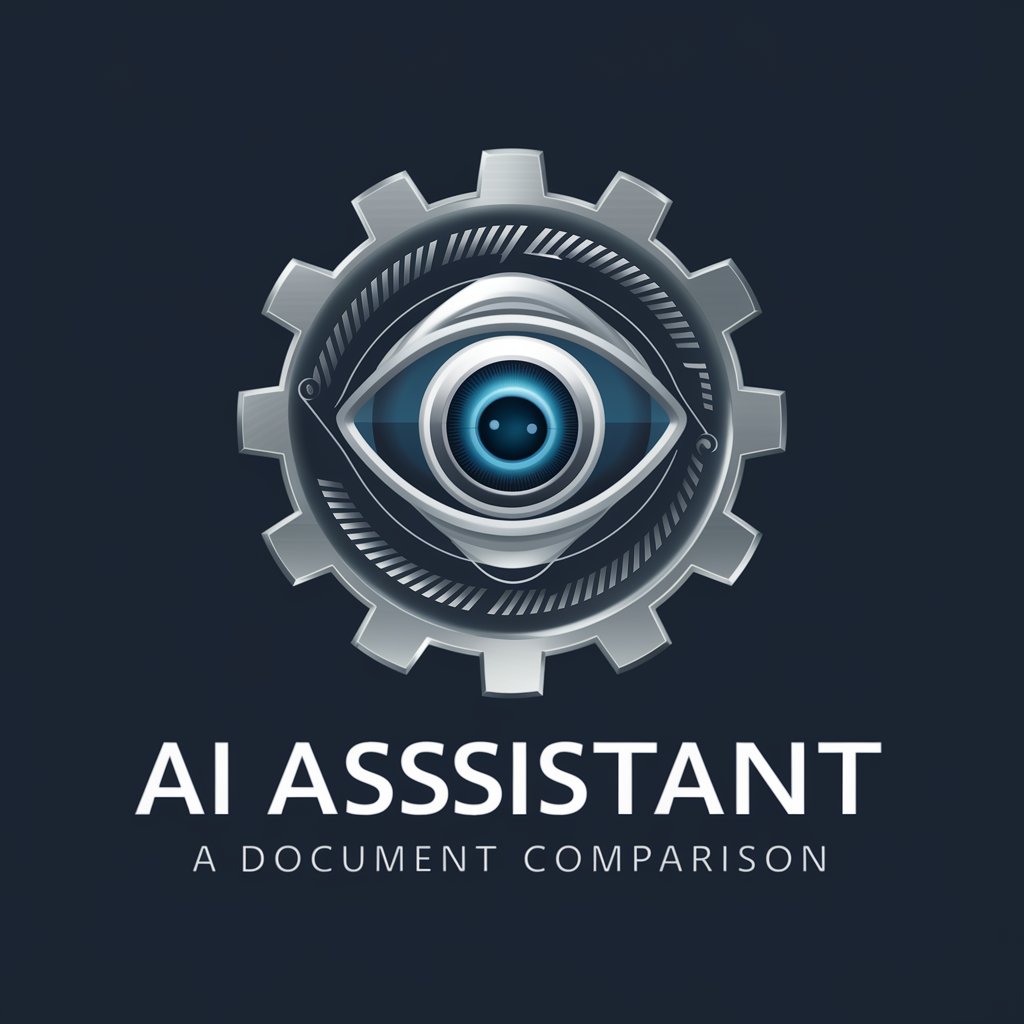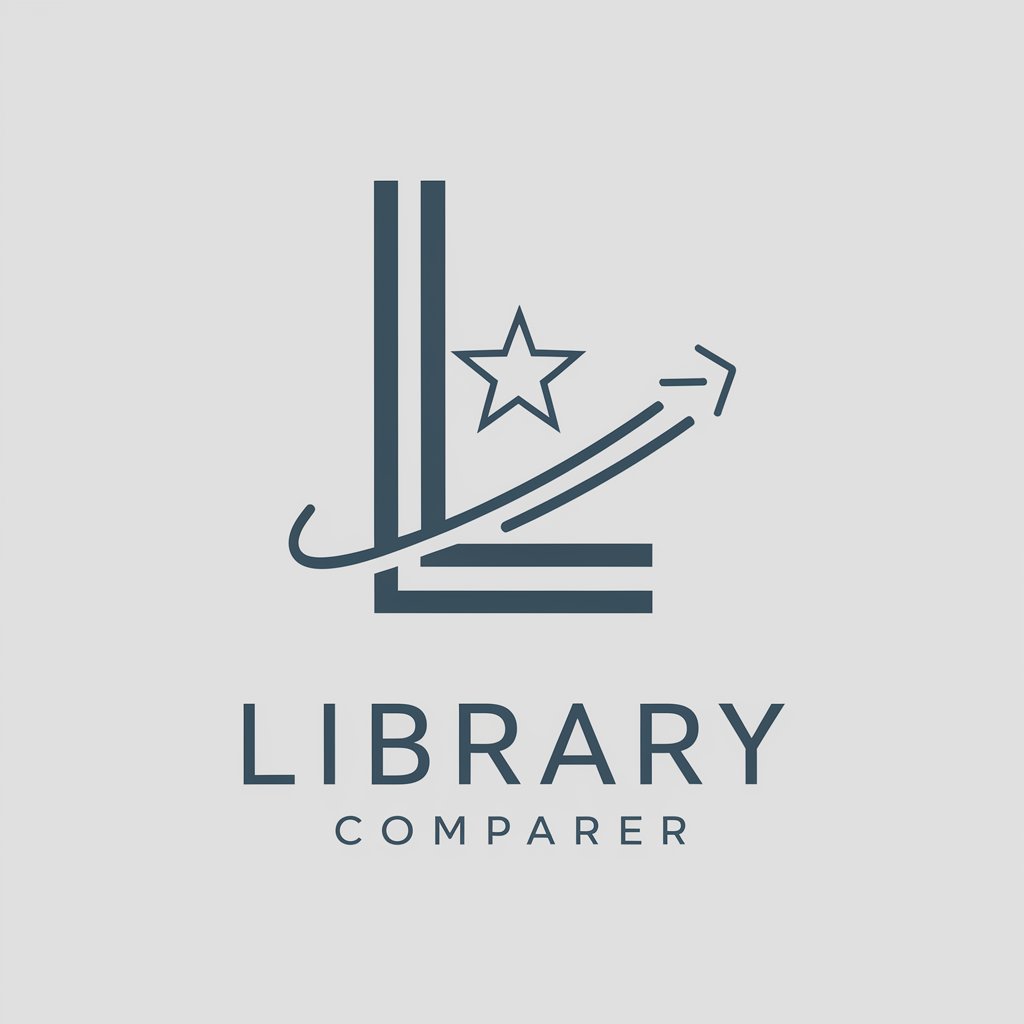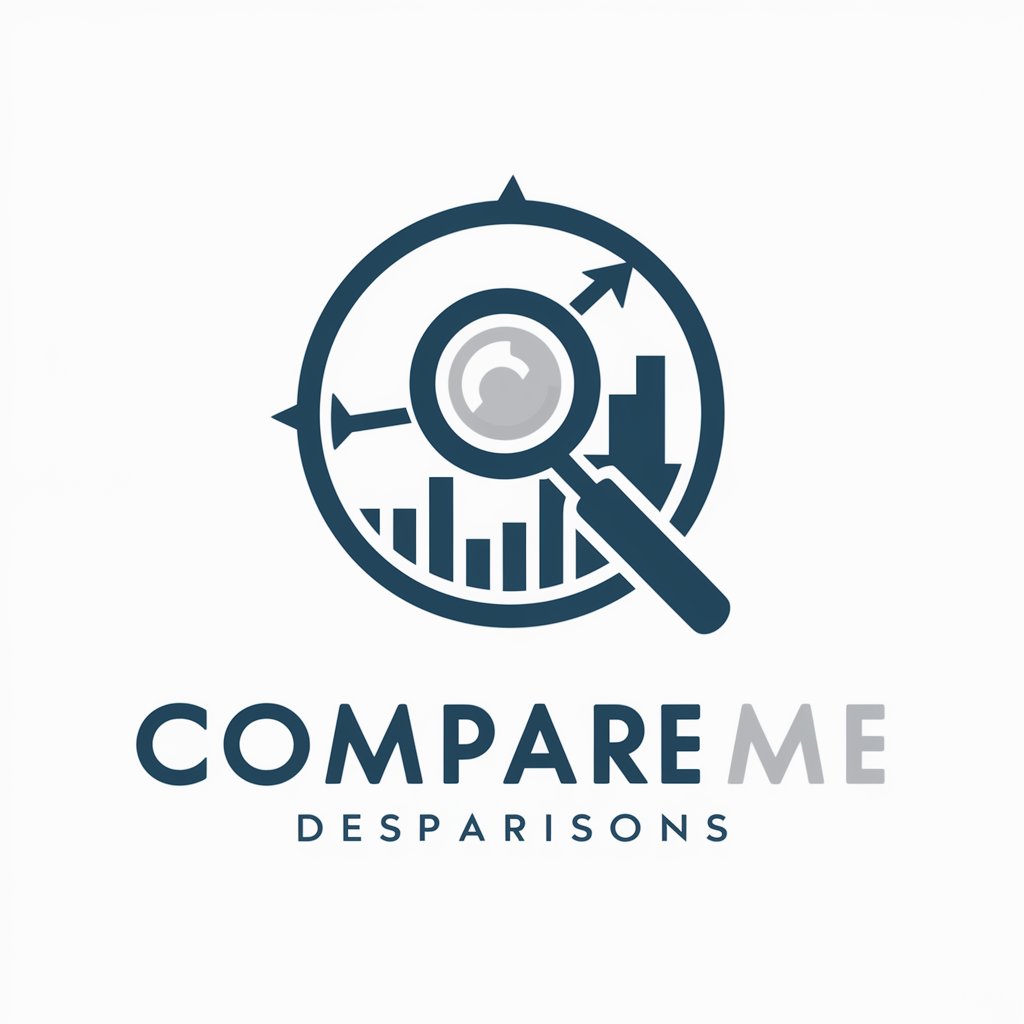
Document Comparative Analysis - Document Comparison Tool
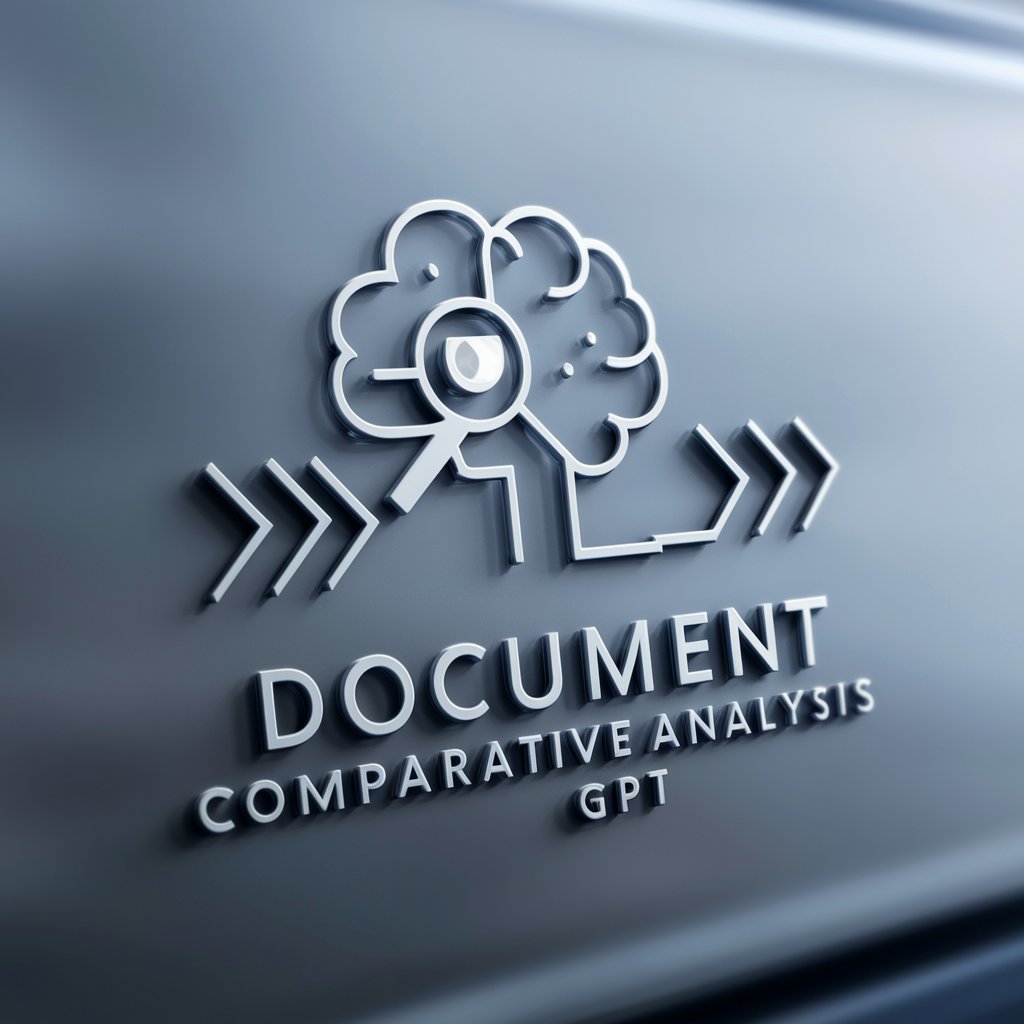
Hello! How can I assist with your document analysis today?
Illuminate Insights with AI-Powered Analysis
Compare the main themes of...
Summarize the differences between...
Provide a detailed analysis of...
Highlight the key similarities in...
Get Embed Code
Understanding Document Comparative Analysis
Document Comparative Analysis is designed to perform in-depth comparisons between textual documents, enabling users to identify differences, similarities, and patterns across various types of content. This tool leverages natural language processing (NLP) techniques to analyze and juxtapose documents, facilitating a range of tasks from academic research to legal document examination. For example, in an academic setting, it can compare different research papers to highlight unique contributions or detect instances of plagiarism. In a legal context, it might analyze various contracts to pinpoint disparities or standard clauses, ensuring thorough review and compliance. Powered by ChatGPT-4o。

Core Functions of Document Comparative Analysis
Similarity Detection
Example
Identifying plagiarism in academic papers.
Scenario
A university professor uses Document Comparative Analysis to compare submissions for a class assignment, detecting similarities that may indicate plagiarism.
Version Control Analysis
Example
Tracking changes in document versions over time.
Scenario
A project manager compares different versions of a project proposal document to understand changes made by team members, ensuring all modifications are intentional and accurately documented.
Legal Document Review
Example
Comparing contract clauses across different agreements.
Scenario
A lawyer uses the tool to compare multiple contracts to ensure consistency in language and terms across agreements with various partners, identifying discrepancies that could lead to legal vulnerabilities.
Literature Review and Synthesis
Example
Combining insights from various research articles.
Scenario
A researcher compares several studies on a specific topic, synthesizing findings and methodologies to identify gaps in the literature and propose new research directions.
Target User Groups for Document Comparative Analysis
Academic Researchers
Academics and students who need to compare and contrast various scholarly articles, papers, or any academic content to detect plagiarism, synthesize research findings, or identify research gaps.
Legal Professionals
Lawyers, paralegals, and legal researchers who require a thorough comparison of legal documents such as contracts, case law, and regulatory filings to ensure accuracy, consistency, and compliance.
Content Creators and Editors
Writers, journalists, and editors who compare content for originality, consistency, and quality assurance, ensuring their work is distinct and aligned with their objectives.
Business Analysts and Project Managers
Professionals who need to review and compare business documents like reports, proposals, and strategic plans to track changes, ensure alignment with goals, and facilitate decision-making.

How to Use Document Comparative Analysis
Begin Your Journey
Start by accessing YesChat.ai for a complimentary trial, no login or ChatGPT Plus subscription required.
Prepare Your Documents
Gather the documents you wish to compare. Ensure they're in a compatible format (e.g., PDF, DOCX, TXT) for analysis.
Specify Comparison Parameters
Choose the aspects of the documents you want to compare, such as thematic similarity, writing style, or specific terminology usage.
Run the Analysis
Upload your documents and initiate the comparative analysis. Use the advanced settings to tailor the analysis to your specific needs.
Review and Utilize Insights
Examine the comparative analysis report. Use the insights to improve your documents, enhance understanding, or make informed decisions.
Try other advanced and practical GPTs
dynamics and control of robotic systems
Empowering Robotics with AI

SEO Cyber Guide
Elevate Your Subscription Model with AI

General and Operations Managers Assistant
Empowering managers with AI-driven insights

History aiMOOC
Exploring History with AI-Powered Insights

Echoes of Tomorrow | Chatbase Game
Shape Tomorrow, Today with AI

💡 IntellectusExpert - AI Experts Insights
Empowering Decisions with AI Expertise

Logo Maker
Empower Your Brand with AI-Driven Logos

B-Boy B-School AI Guide
Bridging Beats with Business Acumen

One Step At A Time
Small Steps to Big Changes, Powered by AI

Infinite Possibilities
Expanding Horizons with AI-Powered Knowledge

Professional Pivot: Esports to Careers
Transforming Esports Passion into Professional Success

Blog Post Generator
Craft Compelling Posts with AI
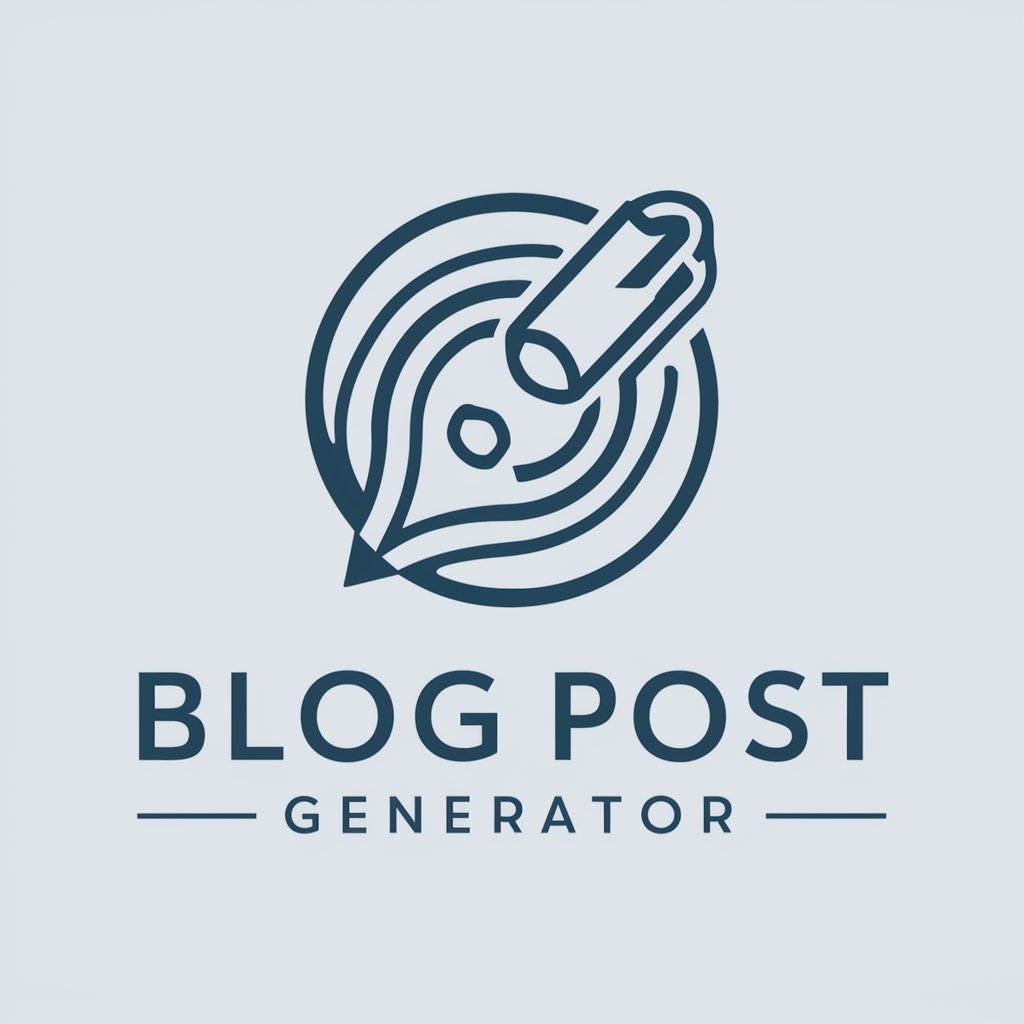
Frequently Asked Questions about Document Comparative Analysis
What document formats does Document Comparative Analysis support?
The tool supports a wide range of document formats, including PDF, DOCX, and TXT files, ensuring versatility in the documents it can analyze.
Can it compare documents in different languages?
Yes, Document Comparative Analysis is equipped with multilingual support, allowing it to compare documents written in various languages by leveraging advanced AI language models.
Is there a limit to the number of documents I can compare at once?
While there's a practical limit for optimal performance, typically you can compare multiple documents simultaneously. The exact number may vary based on the complexity of the documents and the analysis required.
How does this tool handle data privacy?
Document Comparative Analysis prioritizes user privacy, ensuring that your documents are securely processed and that all data is encrypted during transmission and analysis.
Can I customize the criteria for comparison?
Absolutely, the tool allows you to customize comparison parameters, such as focusing on thematic elements, writing style, or specific terminologies, to meet your specific analysis needs.
